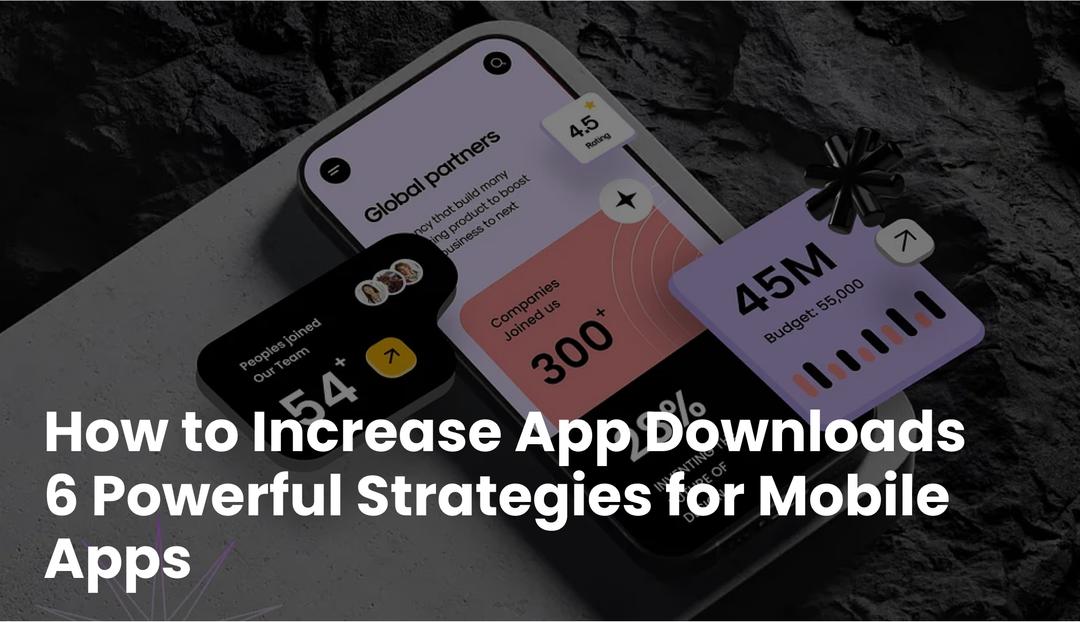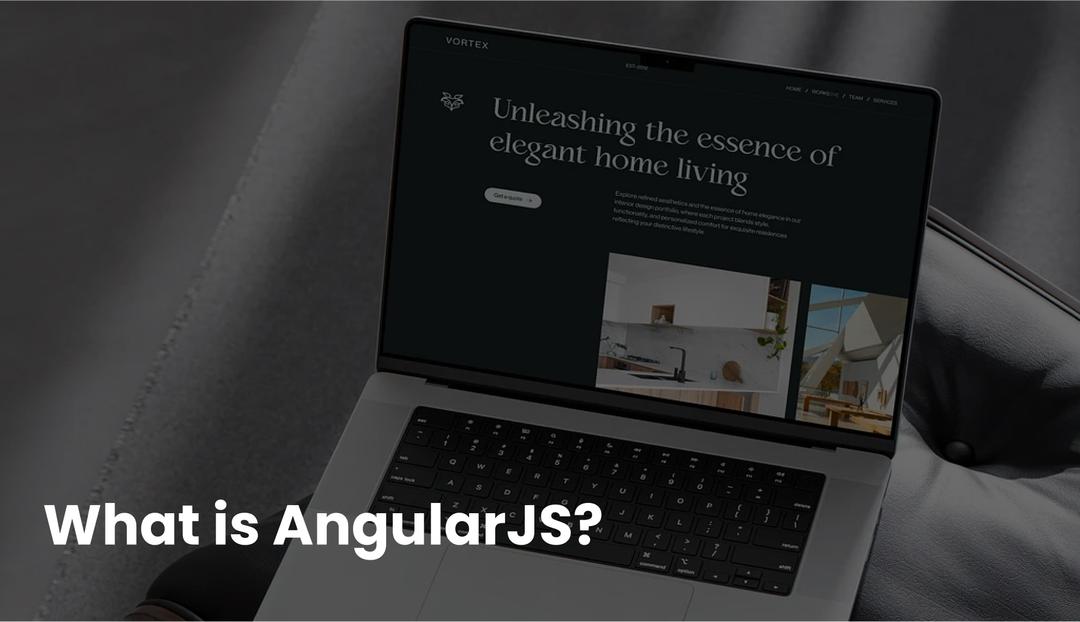Real-time fleet tracking applications sit at the intersection of mobility, data reliability, and user trust. Whether you’re building a logistics MVP, a last-mile delivery platform, or a field service management tool, your users expect one thing above all: accurate, up-to-the-second location data that’s accessible across devices.
Flutter, known for its speed and UI precision, has become an increasingly attractive choice for fleet tracking MVPs. But unlike typical consumer apps, real-time location systems must be engineered to work across a spectrum of edge cases, low battery, weak connectivity, multi-device sync, and background execution.
In this article, we’ll walk through how we build a robust fleet tracking MVP using Flutter at BitsWits covering map integration with Google Maps and Mapbox, real-time streaming using Socket.IO or MQTT, geo-fencing for zone-based logic, and handling background location updates without draining a device’s battery.
Why Flutter for Fleet Tracking Apps
As a specialized provider of Flutter app development services, we help logistics and mobility companies build high-performance fleet tracking applications that work seamlessly across devices and operating systems.
Flutter offers a native-quality experience with a single codebase, which is especially valuable when your product spans mobile apps for drivers and dispatchers, and possibly a web dashboard for fleet management.

In fleet use cases, UI consistency across platforms is essential, not just for aesthetics, but for feature parity and reliability. Flutter’s rendering engine allows for precise control over maps, markers, polylines, and animations, making it easier to visualize moving assets and update the UI in real time. The cross-platform nature also speeds up iteration, reduces engineering overhead, and ensures that map rendering and user flows feel identical regardless of device.
Beyond UI, Flutter’s ecosystem supports integration with low-level native services like GPS, accelerometers, and motion sensors, all of which are key components in a modern fleet tracking app.
Choosing a Map Provider
Your map provider isn’t just a UI choice, it’s a foundational architecture decision that affects performance, pricing, and offline capabilities.
Google Maps
Google Maps offers wide support, detailed navigation data, and a Flutter plugin that integrates cleanly with location and direction services. For MVPs that rely on live traffic overlays, POI search, or Google’s routing engine, this is often the go-to choice. However, developers sometimes find its UI customization options limited, especially when trying to differentiate the visual experience or overlay custom map tiles.
Mapbox
Mapbox, by contrast, provides more advanced theming, route styling, and offline tile support. It allows full visual control, making it better suited for logistics platforms looking to align their maps with a brand aesthetic or provide a minimalist interface. Mapbox also performs well in environments with intermittent internet, as it supports offline caching and rendering with minimal setup.
Your decision should consider not only feature requirements but also long-term scalability and licensing constraints. We’ve built solutions with both platforms and can guide the choice based on your region, scale model, and customization needs.
Real-Time Location Streaming with Socket.IO and MQTT
Real-time fleet tracking requires more than simply polling GPS coordinates. It demands a robust architecture capable of transmitting small, frequent updates across thousands of devices with minimal latency. But, our experienced Flutter developers typically rely on two proven approaches to achieve this: WebSockets (often implemented using Socket.IO) and MQTT. These communication layers allow apps to stream location data in real time, ensuring that fleet movement is accurately reflected across driver interfaces and dispatcher dashboards without delay or data loss.
Socket.IO
Socket.IO is widely used in fleet MVPs due to its simplicity, strong community, and compatibility with Node.js. It enables bidirectional communication between client and server, allowing your app to not only push location updates but also receive events like dispatcher instructions or route changes. Flutter apps can maintain persistent connections to the backend and broadcast their location every few seconds, or on motion events, ensuring low latency without spamming the network.
MQTT
MQTT, on the other hand, is a purpose-built messaging protocol designed for constrained devices and high-volume telemetry. It uses a publish/subscribe model where clients send messages to “topics” rather than specific endpoints. This makes MQTT ideal for larger fleets where hundreds of vehicles are publishing updates simultaneously, and a central system (or multiple dashboards) needs to subscribe to those updates efficiently.
The choice between the two depends on your volume, backend architecture, and latency tolerance.
MQTT is more performant at scale, but Socket.IO offers faster prototyping and easier debugging. For early MVPs with a small fleet, Socket.IO is often sufficient.
Implementing Geo-Fencing and Zone-Based Logic
Many fleet applications require the ability to define geographical zones, known as geo-fences, and trigger actions when vehicles enter or exit them. These zones could represent customer locations, delivery depots, or restricted areas.
In Flutter, geo-fencing is achieved by leveraging native services through platform channels or plugins like geofence_service. These plugins allow your app to register background listeners with the OS, enabling it to detect zone transitions even when the app is not in the foreground.
Defining geo-fences server-side and syncing them with the client adds flexibility. This allows operators to change geo-fencing rules dynamically without forcing app updates. When a vehicle crosses a boundary, the app can notify the backend, log the event, or trigger alerts for missed deliveries or route deviations.
We typically pair geo-fencing with in-app logic that visualizes zones directly on the map and provides drivers with proactive warnings or confirmations. This gives both users and operations teams greater transparency.
Energy-Efficient Background Location Tracking
Perhaps the most technically demanding aspect of logistics app development is sustaining background location updates without draining the device’s battery or being throttled by the operating system. For Android, this means implementing foreground services, a persistent notification mechanism that ensures your location logic remains active even when the app is not in focus.
Without it, Android’s battery optimization policies will terminate background tasks within minutes. On iOS, the app must be registered for background location modes, relying on significant-change monitoring or region-based updates instead of continuous high-frequency polling.
An energy-efficient strategy often combines these techniques. When the vehicle is moving, GPS updates may be sent every 5–10 seconds. When stationary, the app should switch to a low-power state, only sending updates every few minutes, or when movement is detected again. Motion detection can be handled using accelerometer data, reducing reliance on GPS when not needed.
Careful throttling, combined with event-driven updates, preserves battery life while maintaining tracking fidelity. This is especially important in delivery contexts, where devices may be active for 8–12 hours per day.
Sample Architecture Overview
A production-ready fleet MVP built with Flutter will typically include:
- A Flutter-based mobile frontend, integrated with Google Maps or Mapbox
- A real-time streaming layer using either Socket.IO or MQTT, depending on scale
- A location service module optimized for background operation, motion detection, and adaptive update frequency
- Geo-fencing logic with native triggers and backend zone configuration
- OAuth2-based authentication for secure communication
- A backend system capable of ingesting and processing real-time GPS streams
- A dispatcher dashboard for managing and monitoring fleet activity
This foundation allows you to iterate quickly while remaining scalable, compliant, and responsive under real-world usage.
Want to discuss your tracking MVP?
Book a free 30-minute technical consultation and we’ll walk through your use case, map provider options, and backend architecture, so you can launch faster.
Let’s Talk
Launching a Reliable Fleet MVP
A real-time tracking MVP isn’t just about showing a dot moving on a map. It’s about designing a system that handles complexity in the background, communication reliability, device constraints, energy efficiency, and cross-device coordination.
Flutter allows you to develop faster, reduce platform friction, and deploy consistently. But getting the architecture right from map selection and data transmission to background GPS, requires experience with production-grade logistics systems.
We specialize in helping early-stage logistics, delivery, and field ops startups bring fleet tracking platforms to life. Our Flutter implementations go beyond the UI layer to include signal processing, sync queues, background resiliency, and real-time observability.







